Samsung Galaxy Z Flip 6 vs Motorola Razr (2024): flipping pancakes
We may earn a commission if you make a purchase from the links on this page.

Intro
The new Motorola Razr (2024) is the more affordable Moto foldable for the year — meaning, there's a Pro model standing above it. But we quite like that "regular" Razr. It actually adopts features from the Razr Plus (2023), most notably the large external screen. This is a fantastic upgrade for a foldable priced at $699.99. With its sleek finishes and vibrant color options, the Razr (2024) definitely looks like an attractive deal.
In contrast, the Galaxy Z Flip 6, which launched in July, now comes with a $1,099 price tag — $100 more than its predecessor — but without any major upgrades to its design or features. That said, you can usually find it at a discount during sales or with enhanced trade-in promotions.
So, is the Samsung worth that extra $400? In terms of raw power, it definitely pulls ahead. The Z Flip 6 boasts a more robust hinge, better camera performance, and Samsung’s signature AI features, making it the more premium choice.
So, is the Samsung worth that extra $400? In terms of raw power, it definitely pulls ahead. The Z Flip 6 boasts a more robust hinge, better camera performance, and Samsung’s signature AI features, making it the more premium choice.
On the other hand, the Razr (2024) offers a unique, signature feel with its colorful faux leather back and larger cover screen. Not only does the cover look stunning, but it’s also highly functional, supporting full Android apps rather than being limited to widgets, which makes it a more versatile option for day-to-day use.
Also read:
- Galaxy Z Flip 6 deals: Save on a new Galaxy Z Flip 6 today!
- Motorola Razr Plus (2025) vs Galaxy Z Flip 6 Preview
Galaxy Z Flip 6 vs Razr Plus (2024) differences:
| Galaxy Z Flip 6 | Razr Plus (2024) |
|---|---|
| Smaller when folded: 2.83 x 3.35 x 0.59 in | Slightly bigger: 2.91 x 3.47 x 0.62 in |
| Large ticker screen that houses various big widgets | Bigger cover screen, can run all Android apps |
| Snapdragon 8 Gen 3 — best CPU for Android right now | MediaTek Dimensity 7300X — midrange chip |
| 50 MP main camera, 12 MP ultra-wide 10 MP selfie | 50 MP main camera, 13 MP wide 32 MP selfie |
| 25 W wired charging | 30 W wired charging |
| 120 Hz main screen, 60 Hz cover screen | 120 Hz main screen, 90 Hz cover screen |
| 7 years of software support | 3 major OS updates |
| Supports Galaxy AI | AI task efficiency, AI photo booth |
| 256 GB / 12 GB - $1,099.99 | 256 GB / 8 GB - $699 |
Table of Contents:
Design and Size
Similar battle
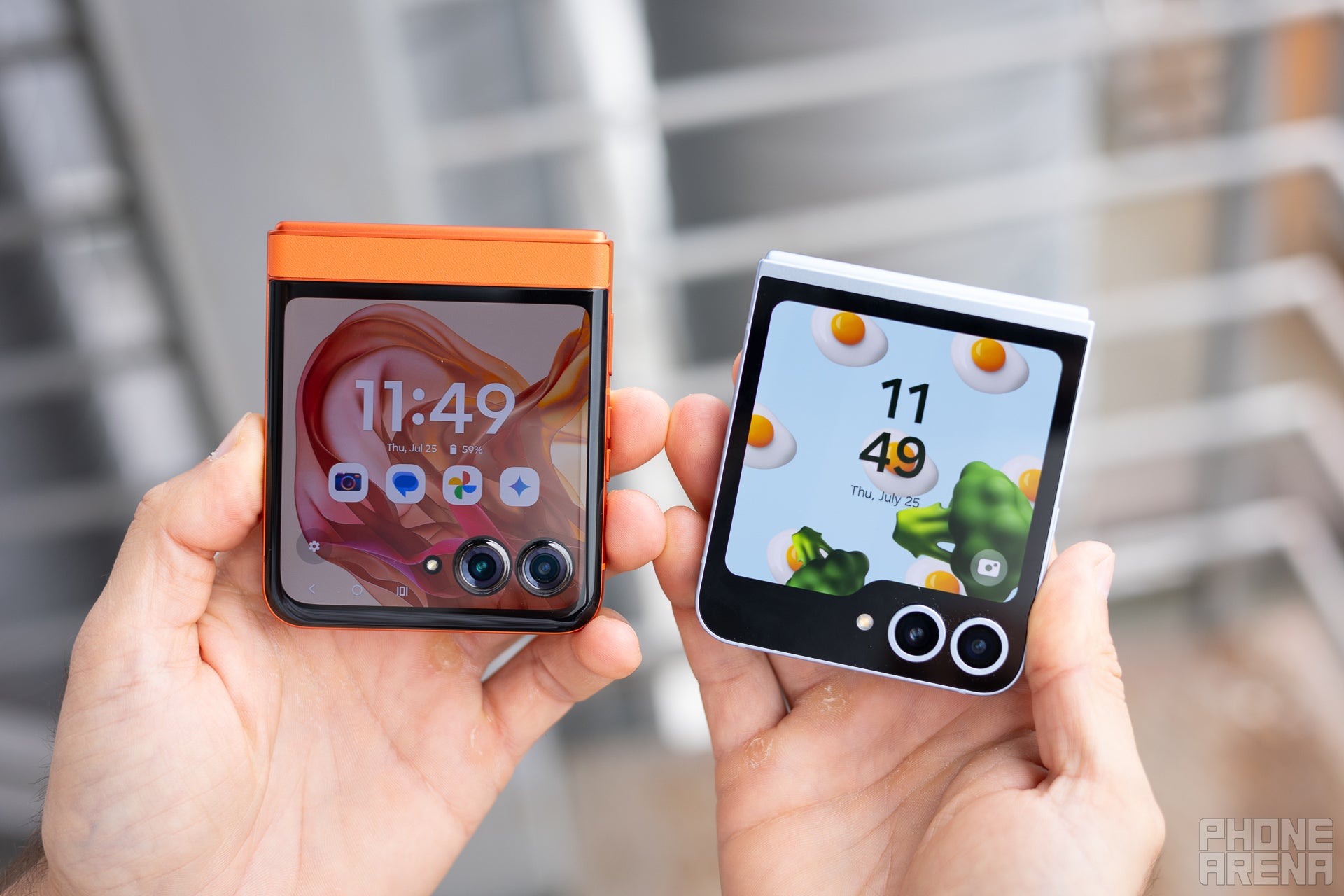
Motorola takes a pretty bold approach with its external ticker screen — it's actually an entire cover screen on the Razr (2024). It's a full-blown Android experience — it can show you an actual home screen and launch any app you tap on. Provided the app is coded to scale right to any screen (most are nowadays), you can do anything without even opening the phone — order food, track your Uber, do a quick Google search or email checkup. It manages to look pretty impressive, especially on a $700 foldable — the top flap is almost all screen. It still has some bezel unlike the Razr+ (2024), which is very edge-to-edge.
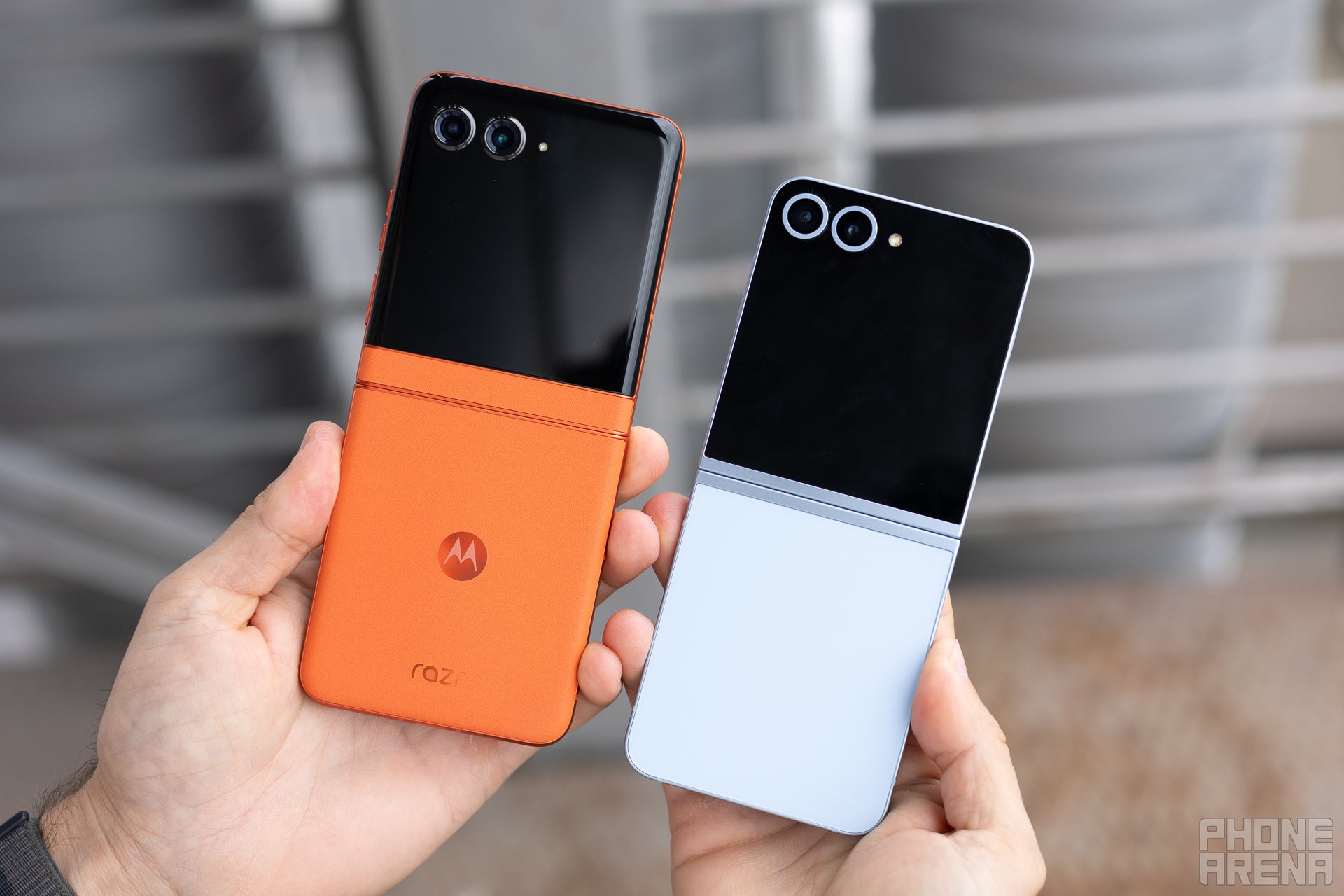
The other half of the phones is also interesting to explore, as Motorola dresses its Razr phones in stylish vegan leather, which feels grippy and premium. The Galaxy Z Flip 6 has a matte glass, which offers its own cold touch of class.
When it comes to build quality — we still need to get our hands on that base Motorola Razr (2024) to confirm, but the Razr Plus (2024) did have a sturdier hinge, which feld much more reassuring than before. The Z Flip 6 — like before — has a tight-feeling hinge that lets you prop the phone up in multiple comfortable viewing angles.
The Z Flip 6 comes with the new Gorilla Glass Victus 2 protecting the cover display, but Motorola didn't skimp on shatter protection — it still has Gorilla Glass Victus for its own cover screen. Samsung did enhance its ingress protection to get an IP48 rating this year — it's not dust-tight, but it will prevent particles 1mm or bigger from entering the phone's hinge. Bit it's water-resistant, and so is the Moto Razr with its IPX8 rating.
Colors-wise, the Razr (2024) comes in Spritz Orange, Beach Sand (light gray-ish with a pinch of tan), and Koala Gray. Samsung's Z Flip 6 comes with more choice — Silver, Shadow, Yellow, Blue, Mint, then three more at the Samsung.com store — Crafted Black, White, and Peach.
The unboxing experience with both of these phones will be the same — both come with a USB C cable... and that's it.
When it comes to build quality — we still need to get our hands on that base Motorola Razr (2024) to confirm, but the Razr Plus (2024) did have a sturdier hinge, which feld much more reassuring than before. The Z Flip 6 — like before — has a tight-feeling hinge that lets you prop the phone up in multiple comfortable viewing angles.
The Z Flip 6 comes with the new Gorilla Glass Victus 2 protecting the cover display, but Motorola didn't skimp on shatter protection — it still has Gorilla Glass Victus for its own cover screen. Samsung did enhance its ingress protection to get an IP48 rating this year — it's not dust-tight, but it will prevent particles 1mm or bigger from entering the phone's hinge. Bit it's water-resistant, and so is the Moto Razr with its IPX8 rating.
Colors-wise, the Razr (2024) comes in Spritz Orange, Beach Sand (light gray-ish with a pinch of tan), and Koala Gray. Samsung's Z Flip 6 comes with more choice — Silver, Shadow, Yellow, Blue, Mint, then three more at the Samsung.com store — Crafted Black, White, and Peach.
Display Differences
Both of these phones pack OLED main screens — the Galaxy Z Flip 6 has the Samsung-branded Dynamic AMOLED X2 screen hits a peak brightness of 2,600 nits, which will be great for HDR content. Its dynamic refresh rate goes as high as 120 Hz for smooth animations, though the external screen is locked to 60 Hz.
The Motorola Razr (2024) main screen has 3,000 nits peak brightness — that little $700 overachiever — and a 120 Hz refresh rate, and its external display still has 90 Hz so it will feel smoother than a simple "substitute screen".
The Motorola Razr (2024) main screen has 3,000 nits peak brightness — that little $700 overachiever — and a 120 Hz refresh rate, and its external display still has 90 Hz so it will feel smoother than a simple "substitute screen".
Display Measurements:
Also read: Galaxy Z Flip 6: Size Comparison
Both displays drift a bit towards the teal-ish hues, which is typical of today's OLED panels. However, Samsung shows its expertise better, with the Z Flip 6's display colors sticking closer to reality.
Both have color profiles you can choose inside the settings — whether you want to go for natural hues or all-out OLED punchiness. If the latter is your preference — the Motorola is not shy of dialing that saturation all the way up to 11.
The main screens are similar in size, but it's worth to mention that the Razr (2024) has a 6.9-inch display, the Z Flip 6 is slightly smaller at 6.7 inches. Both companies have worked to reduce — but not yet eliminate — the crease.
The main screens are similar in size, but it's worth to mention that the Razr (2024) has a 6.9-inch display, the Z Flip 6 is slightly smaller at 6.7 inches. Both companies have worked to reduce — but not yet eliminate — the crease.
Additionally, the Z Flip 6's cover display has 1,600 nits of peak brightness, which less than the 2,400 nits of the Moto's external display. Keep in mind, though, these are peak brightness numbers — an area of the screen, measured for a small amount of time. We measure fullscreen brightness, and both phones performed similarly — getting close to 1,200 nits, which is excellent for outdoor visibility. The Z Flip 6 is noticeably better at bringing the brightness down — 0.7 nits is an incredible achievement and people who don't put the phone down when the lights are out will appreciate it! The Razr's 2.9 nits may be a bit annoying to sensitive eyes.
Performance and Software
We found the cut corners
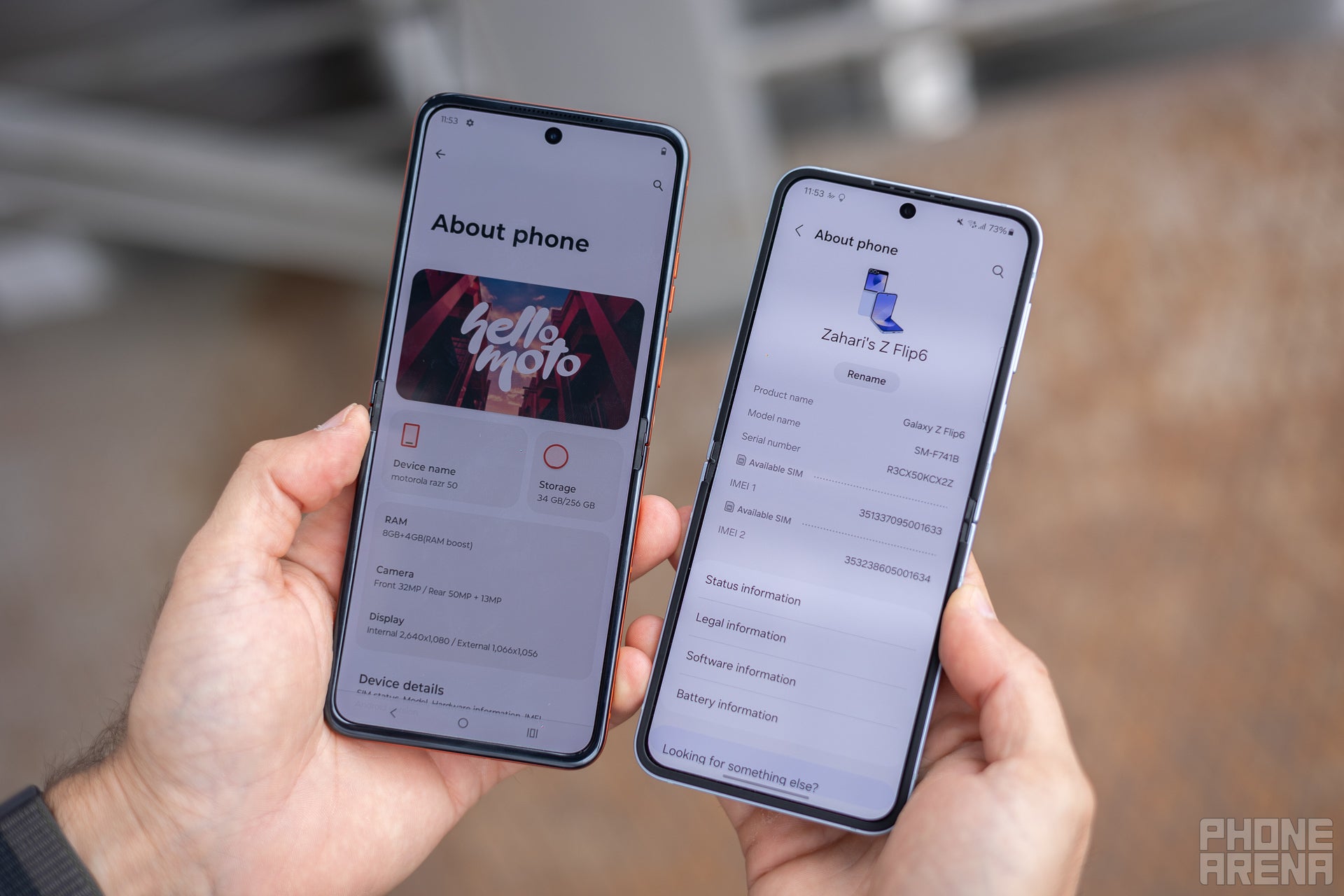
The Z Flip 6 comes with the Snapdragon 8 Gen 3, tuned in partnership with Qualcomm to bear the "Mobile Platform for Galaxy" moniker. What that means is that it's slightly overclocked, and maybe both companies were exchanging emails while designing the thermal management around the silicon. It's built on a 4 nm process, has eight cores, and ticks with a max speed of 3.39 GHz.
The Motorola Razr (2024) has a MediaTek Dimensity 7300X chip — that's where the corners were cut. Its a midrange processor, which will feel slower than the Snapdragon 8 Gen 3, no way around that. It's another octa-core, 4 nm chip, but taps out at 2.5 GHz.
The Dimensity does have an NPU core, but Motorola doesn't utilize it for any fancy AI features — just a wallpaper generator, AI system optimization, and a photo booth with effects. The Galaxy Z Flip 6 has the full plethora of Galaxy AI on board — live call translation, generative image editing, recording and text summaries, the works.
And, with those scores, we can see why there's no AI on board. The Motorola Razr (2024)'s low scores definitely raise an eyebrow. In general, it will run the phone for daily tasks quite reliably — we were kind of surprised how smooth it ran, we even booted up Arena Breakout: Infinite and managed to game a bit without the phone heating up too much. Granted, everything is on low and we dare not touch it.
Touch response is also pretty good — that's something that will generally make phones feel slower than they actually are, so it's good to see that Motorola is on top of it.
However, if you are interested in ensured snappiness and more power, the Z Flip 6 is the way to go here.
The only storage option for the Motorola Razr (2024) is 256 GB with 8 GB of LPDDR4X RAM. You can boost the latter by dedicating another 8 GB from the storage for Virtual Memory. The storage type is not disclosed in the Moto specs, but the Dimensity 7300X supports UFS 3.1, so that's that.
The Galaxy Z Flip 6 comes with 256 GB and 512 GB UFS 4.0 storage options, and 12 GB of LPDDR5 RAM. The memory chips, combined with the processor, are definitely a huge boost in performance over the Motorola.
As for software support, Samsung has started to offer 7 years of Android updates and security patches with its more premium phones, and the Z Flip 6 is no different. In comparison, Motorola continues to offer 3 years of Android updates.
As for software support, Samsung has started to offer 7 years of Android updates and security patches with its more premium phones, and the Z Flip 6 is no different. In comparison, Motorola continues to offer 3 years of Android updates.
Camera
Probably a steep hill for the Moto to climb
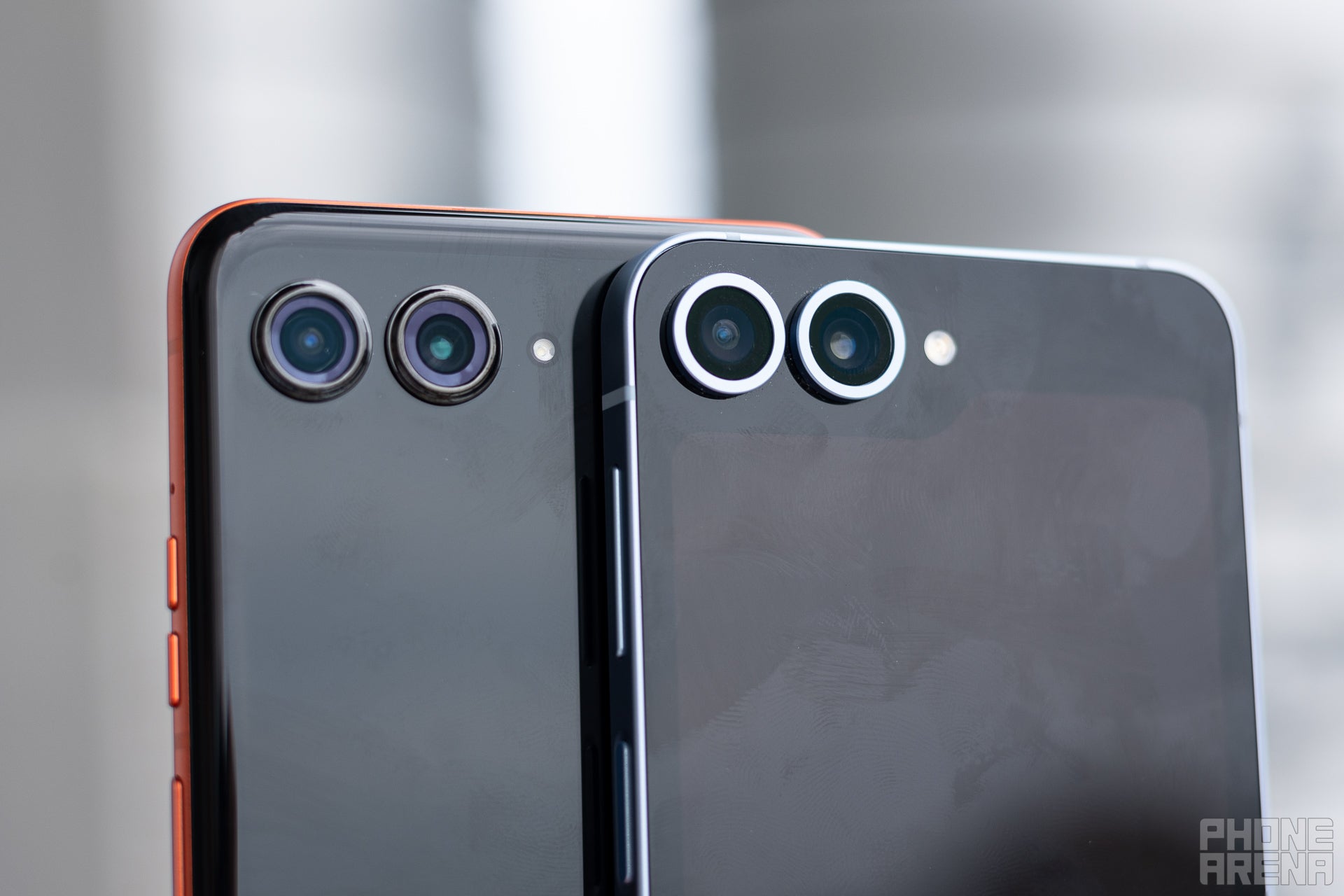
The two phones come with similar camera specs — 50 MP main and 12 MP ultra-wide on the Flip 6; 50 MP main and 13 MP ultra-wide for the Razr (2024).
For selfies, the Z Flip 6 sticks to a 10 MP snapper, the Motorola Razr (2024) has a 32 MP sensor for bragging rights.
So, here goes — which of these phones utilizes their cameras better?
Main Camera
In terms of colors, they are pretty close. However, the Galaxy Z Flip 6 handles high dynamics much better, where the Motorola Razr (2024) almost burned out the grass strands there. Also, there's a ton of oversharpening happening on the Moto image here, which is why grass and leaves look a bit jagged, with some slight auras around them.
At night, the Galaxy Z Flip 6 produces significantly less noise and more balanced colors. It also keeps details nicely sharp and objects somewhat clear. The Moto Razr (2024) lets more noise show through, but that also helps it show off a bit more of the finer details in objects. However, its colors are heavily skewed towards the yellows, which is an effect often seen when phones are trying to expose a dark scene.
Zoom Quality
None of these phones has a dedicated zoom camera, so our hopes weren't up for neither of them.
Yet, the Galaxy Z Flip 6's algorithms do a better job at cleaning up noise and sharpening detail. The zoom photos don't look "real", mind you — the processing is definitely evident. But it helps that subjects are better-visible in them.
Ultra-wide camera
Both ultra-wide cameras show impressive sharpness and handling of high dynamics. However, the colors from the Razr (2024)'s ultra-wide seem to be more natural, grounded, and realistic.
Selfies
The Moto Razr (2024)'s selfie camera gives us weird pink-ish skintones, flattens the dynamics in the face, and adds a bit too much sharpening. The Galaxy Z Flip 6 selfies look more natural, with soft, but realistic, detail and colors much more true to reality.
Video quality

When shooting video, dynamics and details are comparable with both phones. However, the Galaxy Z Flip 6 skews colors a bit too much — towards the neon blue and neon green. The Razr (2024) keeps colors much more realistic in videos. Which is surprising, but hey — props to Motorola! Noise cancelation is a bit better on the Razr (2024), but stabilization seems to be less wobbly on the Z Flip 6.
Battery Life and Charging
Similar performance?
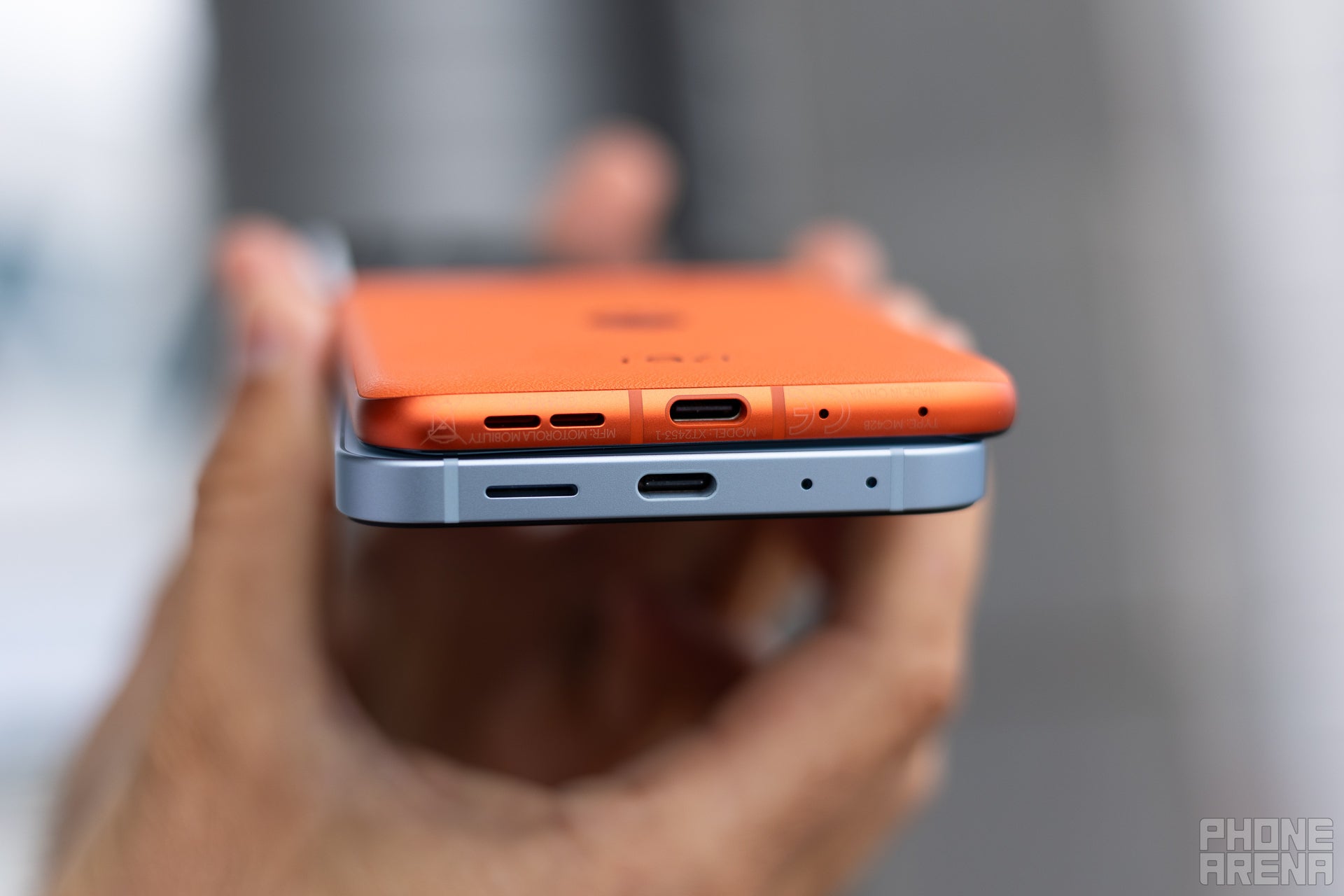
The Motorola Razr (2024) has the slightly bigger battery here, at 4,200 mAh. The Galaxy Z Flip 6 sports a 4,000 mAh cell. Yeah, these aren't exactly flagship capacities here, but still quite impressive, considering how little room there is for battery in these folding phones.
Eventhough it only has 200 mAh more in its cell, the Motorola Razr (2024) lasts quite a bit longer than the Galaxy Z Flip 6 — about 10-15% more battery life during web browsing and YouTube streaming. That's also probably due to the fact that the processor inside is a less-powerful MediaTek Dimensity 7300X, so it's not such a power hog.
But when we get to heavy tasks — like 3D gaming — the Galaxy Z Flip 6 barely breaks a sweat and doesn't put as much stress on its battery. Which, together with the performance benchmarks, shows that powerusers should gravitate more towards the Z Flip 6.
The Razr (2024) supports 30 W charging, the Z Flip 6 maxes out at 25 W. It's a small difference and you won't notice much change in small bursts of charging — up to 30 minutes in, both phones get about the same amount of juice. However, for a full 0-100% charge, the Razr (2024) definitely goes faster, a full 30 minutes faster than the Z Flip 6 to be exact! Both phones also support 15 W wireless top-up.
Audio quality and Haptics
We wouldn't say that either of these phones' speakers sound excellent. Both have a spike in the upper mids, which will help discern voice, but isn't pleasing for music or movies. But the Galaxy Z Flip 6 does, at least, have more bass and perceived volume. The Motorola Razr (2024) speakers sound thin overall. On a different note — the Razr Plus (2024) sounds fantastic.
For haptics, the Razr (2024) is definitely better. Strong, accurate, timely vibrations to reassure you as you navigate the UI. The Z Flip 6's haptics aren't bad — they just feel a bit slower and raspier by comparison. On its own, the Galaxy Z Flip 6 also feels nice.
Specs Comparison
Here's a quick overview of the Galaxy Z Flip 6 vs Razr (2024) specs:
| Galaxy Z Flip 6 | Razr (2024) | |
|---|---|---|
| Size, weight | Folded: 2.83 x 3.35 x 0.59 in (71.9 x 85.1 x 14.9 mm) Unfolded: 6.50 x 2.83 x 0.27 in (71.9 x 165.1 x 6.9 mm) Weight: 187 g | Folded: 3.47 x 2.91 x 0.62 in (88.08 x 73.99 x 15.85mm) Unfolded: 6.74 x 2.91 x 0.29 in (171.30 x 73.99 x 7.25 mm) Weight: 188 g |
| Screen | Inner display: 6.7" OLED, 120 Hz Cover display: 3.4" OLED, 60 Hz | Inner display: 6.9" OLED, 120 Hz Cover display: 4" OLED, 90 Hz |
| Processor | Qualcomm Snapdragon 8 Gen 3 (4 nm) 3.39 GHz, 8-core | MediaTek Dimensity 7300X 2.5 GHz, 8-core |
| RAM, Storage | 12 / 256 GB 12 / 512 GB LPDDR5 memory UFS 4.0 storage | 8 / 256GB LPDDR4X memory UFS 3.1 storage |
| Cameras | 50 MP main 12 MP ultra-wide 10 MP front | 50 MP main 13 MP ultra-wide 32MP front |
| Battery | 4,000 mAh | 4,200 mAh |
| Charging | USB-C 25 W wired 15 W wireless Reverse-wireless | USB-C 30 W wired 15 W wireless Reverse-wireless |
Summary
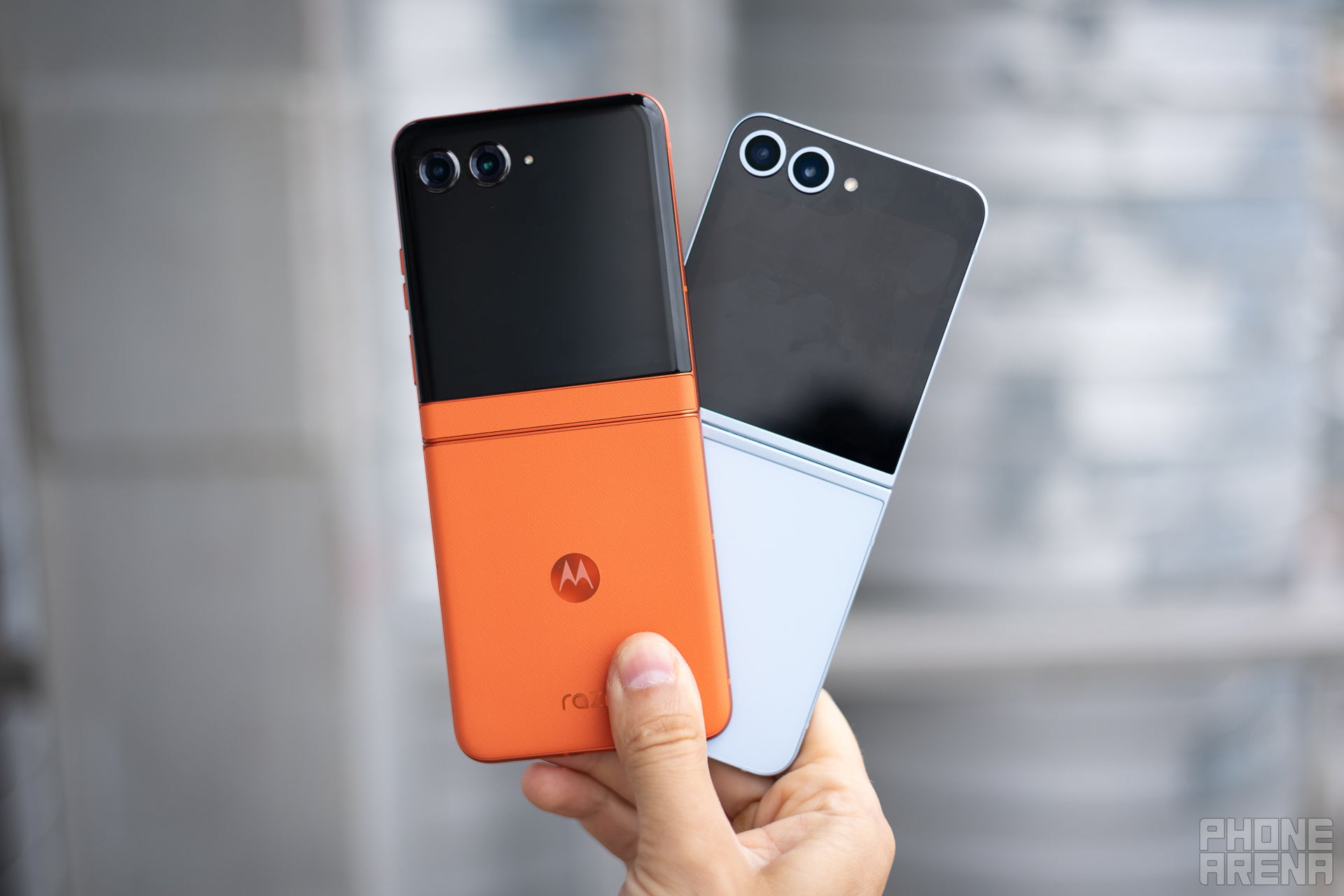
Right now, the Motorola Razr (2024) seems like quite the deal — $700 for a foldable phone that looks like a fancy accessory and delivers a quality display experience. You will have to compromise a bit in photo quality (though the Moto did great with video), and its performance isn't top-tier, but if you live with those corners being cut, you may just end up enjoying a stylish foldable phone for a pretty good price.
In the meantime, the Galaxy Z Flip 6 goes all out — super-charged CPU, pretty good cameras, Galaxy AI, Google Gemini integration, and cool aesthetics. Its MSRP is up there at $1,100, but we feel like the Z Flip 6 has more headroom for the future. If you prefer to keep your phone for a while, you are probably looking to invest in a more long-lasting device. Of course, foldables are still fresh on the market, and we can't say they've all been perfect. Even if the Z Flip 6 comes with 7 years of software updates, it'll take a while before we can comment on its long-lasting durability.
For what it is — it feels solidly built and reassuring. If you can afford the extra $400 on top of the Razr, we'd say the Galaxy Z Flip 6 is the better buy. If you are drawn to the style and panache of the Razr (2024) — we totally get it. If you're not a poweruser, you'll be fine with it!








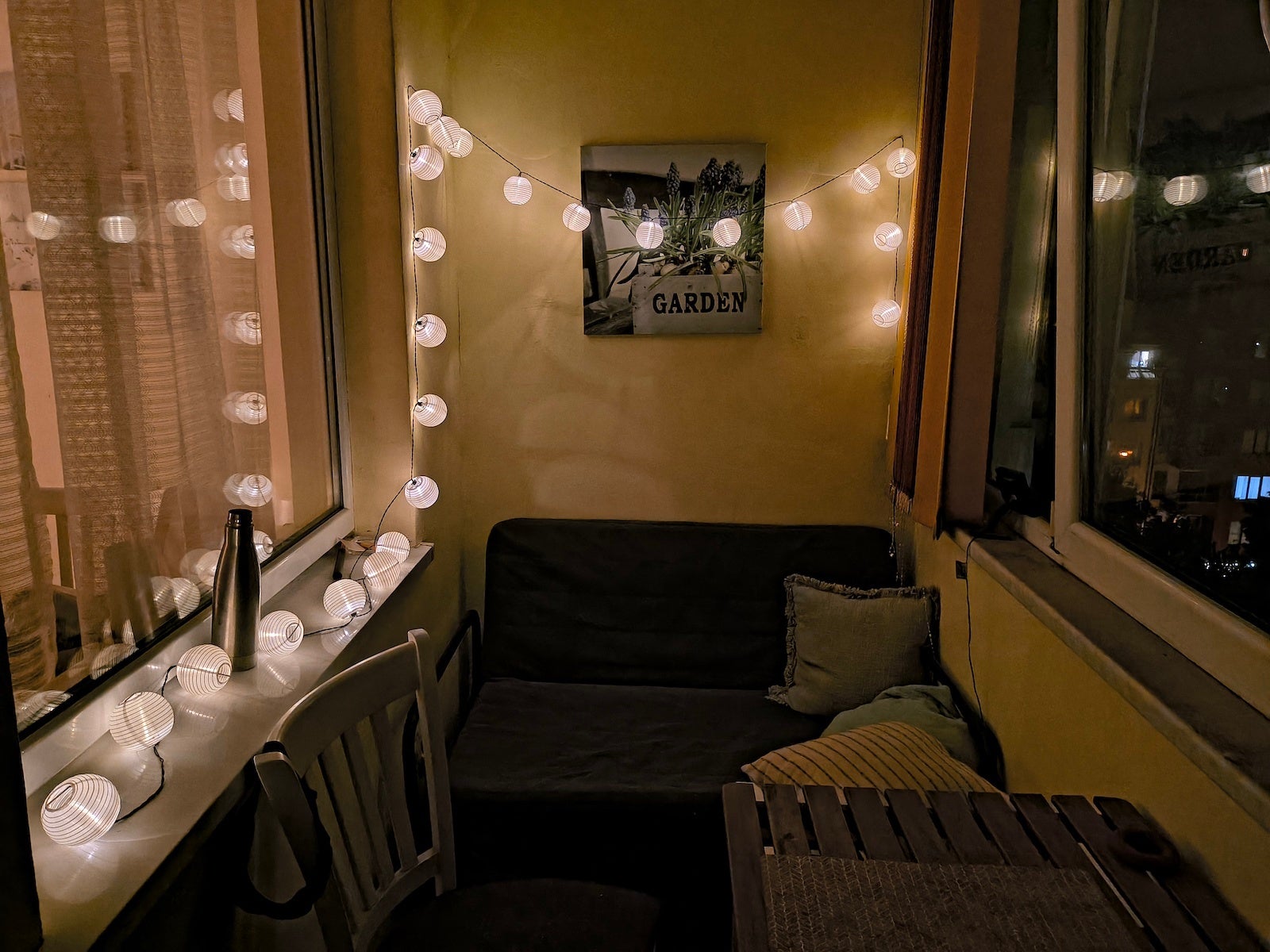
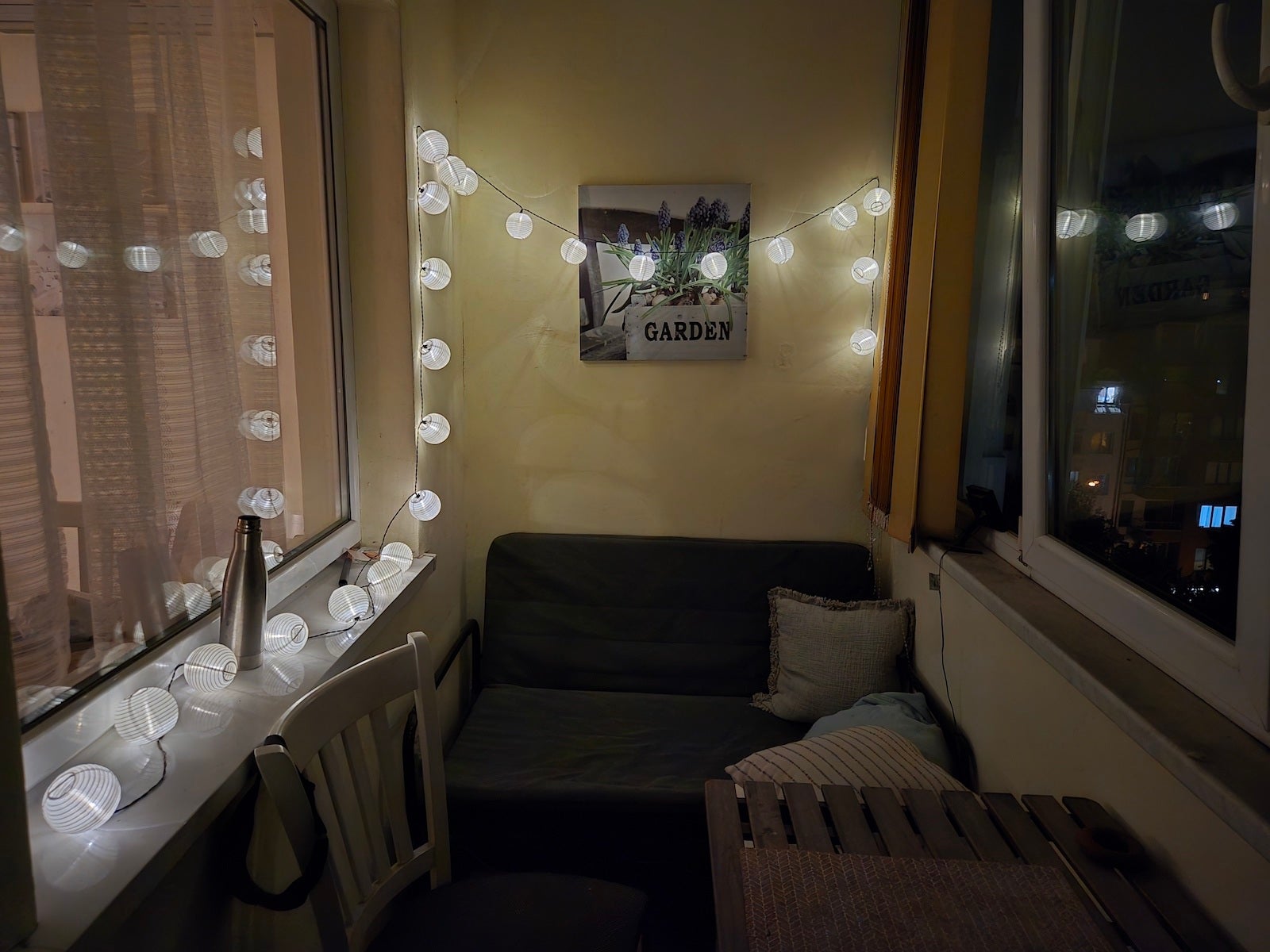
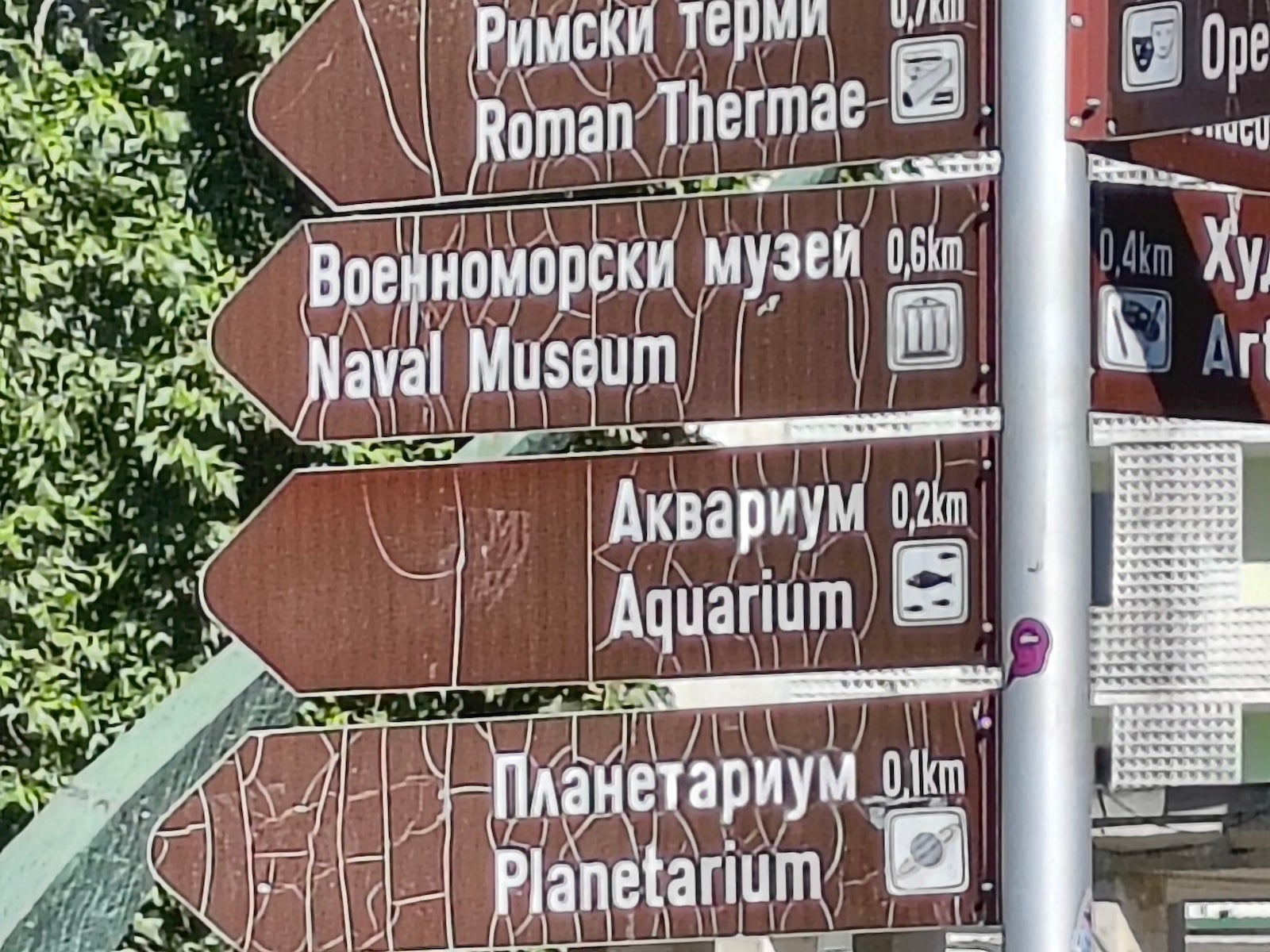


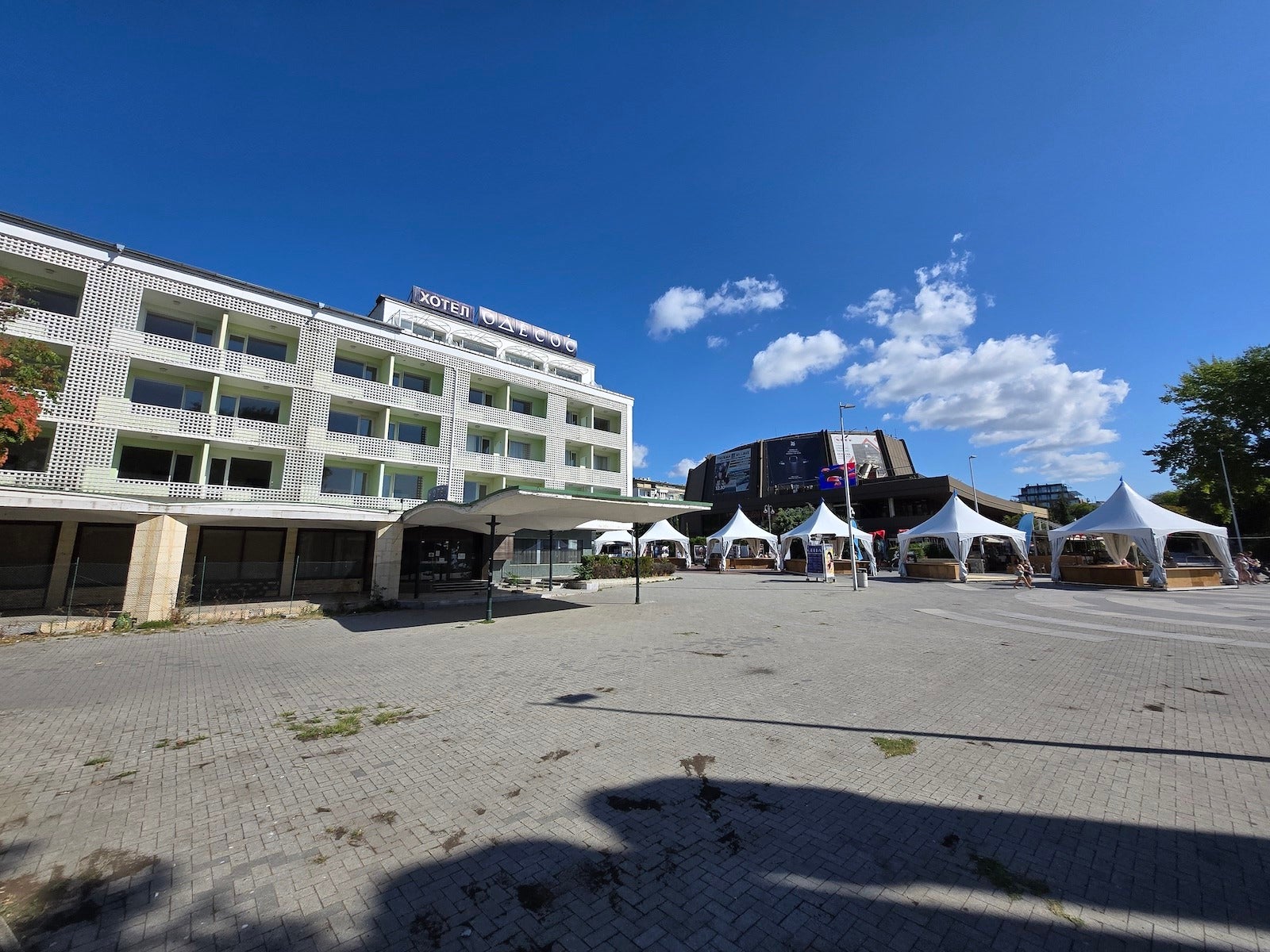



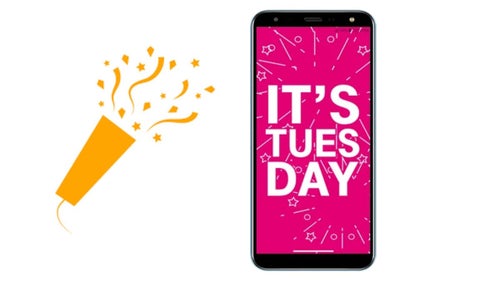
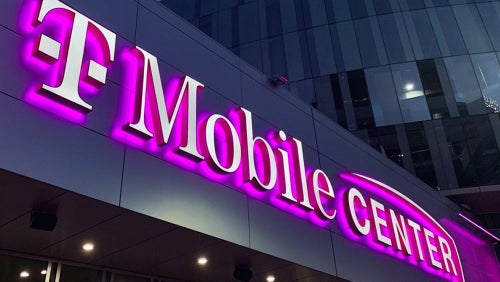
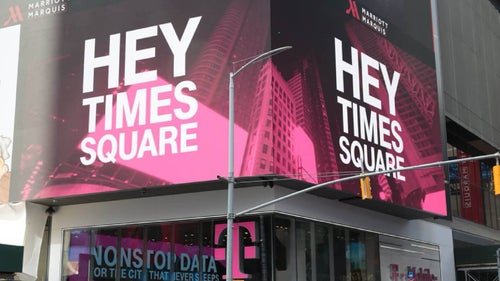

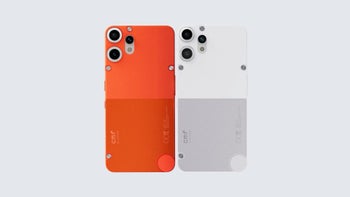
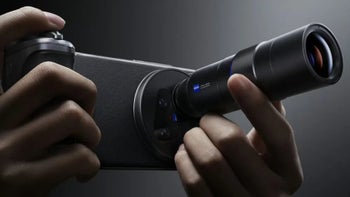
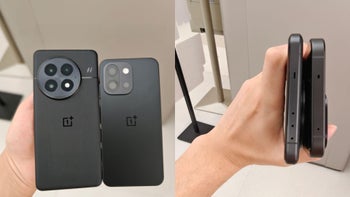

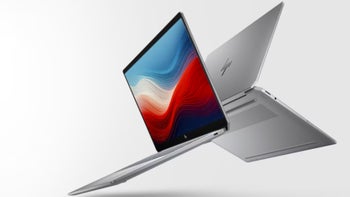






Things that are NOT allowed: